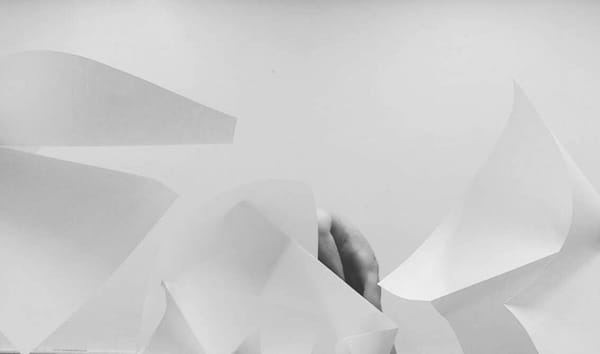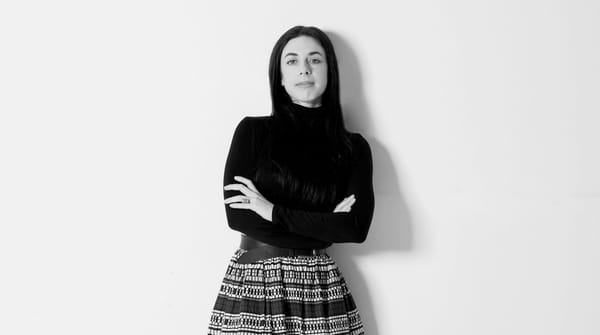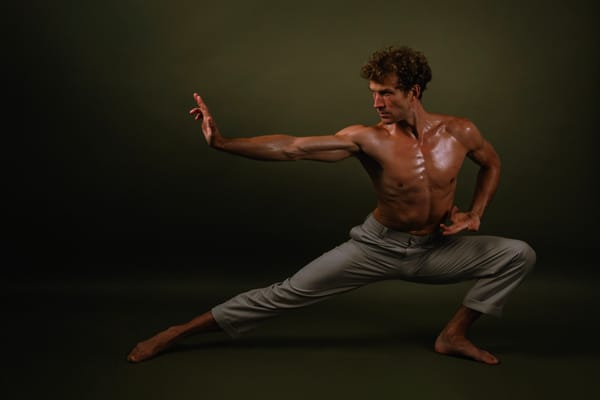Dancing Beyond the Self by Tejaswini Loundo
Tejaswini Loundo moves through flow, ego-death, and the cosmic rhythm of Naṭarāja to ask what it truly means to dance beyond the self.

By Jana Al Obeidyine
If you asked me the last film that left a mark on me, I’d immediately say Haneke’s Amour. It’s not that I haven’t watched other movies since, but it’s always Amour that springs to mind. It’s been nearly ten years, and I remember only three scenes clearly, but the feelings the film evoked are still vivid.
I wasn’t just “moved” or “impressed,” I mean something more visceral, more lasting. The film haunted me for a week. I’d wake up thinking I was at the couple’s house, wanting to check on them. The emotions that linger are not necessarily pleasant, but they revealed a version of love I would never have experienced without Jean-Louis Trintignant and Emmanuelle Riva. Its taste still lingers long after the memory itself had faded.
Reading Tejaswini Loundo’s essay “Dancing Beyond the Self”, I finally had a word for this experience: rasa. A Sanskrit term meaning “juice,” “taste,” or “essence,” it describes the flavor of art that that spectators savor. But that’s just where Tejaswini’s essay begins.
She traces her own explorations of flow and self-transcendence from dancing alone until 4 a.m., smiling but unsatisfied, to performing Kṛṣṇa Vandana, weightless and existing “simultaneously within and outside” her body, to studio practices where her body experiences what she calls “small deaths” daily. She frames these moments through Naṭarāja, Shiva as cosmic dancer, whose cycle of creation, preservation, destruction, and rebirth mirrors the rhythms of practice.
Tejaswini shows how Indian classical dance achieves flow not through improvisation but through rigorous structure, repetition, and total internalization, where form itself disappears. She writes about moving from “I know” to “I don’t know,” about ego death as a doorway to transcendence, and even about Saturday afternoons spent cleaning her Milan apartment while spontaneously dancing to music.
And she writes about rasa, the collective state of flow between performer and audience, both surrendering to something larger than themselves.
In an age obsessed with documentation, where every performance is filmed, every moment archived, we’ve lost touch with what lingers beyond the experience. What if the point isn’t the performance we can record, but the taste it leaves behind? What if art’s highest achievement is to be forgotten in specifics while remaining permanently present as feeling?
Tejaswini writes: “When the performer flows through his/her art, radiating a ‘greater-than-self’ experience, the memory of the performance may fade, but what outlasts is the profound feeling it evokes.”
I can tell you about rasa. I cannot tell you about that weightless moment, the “small deaths,” or a dancer from Goa finding flow through Naṭarāja while living in Milan. You’ll have to read Tejaswini Loundo’s essay to find out. And I promise: it will leave a taste that lingers long after the details are gone.
Read “Dancing Beyond the Self: Exploring ‘Flow’ through the lens of Indian Classical Dance” by Tejaswini Loundo in Issue 05 of a Dance Mag.





